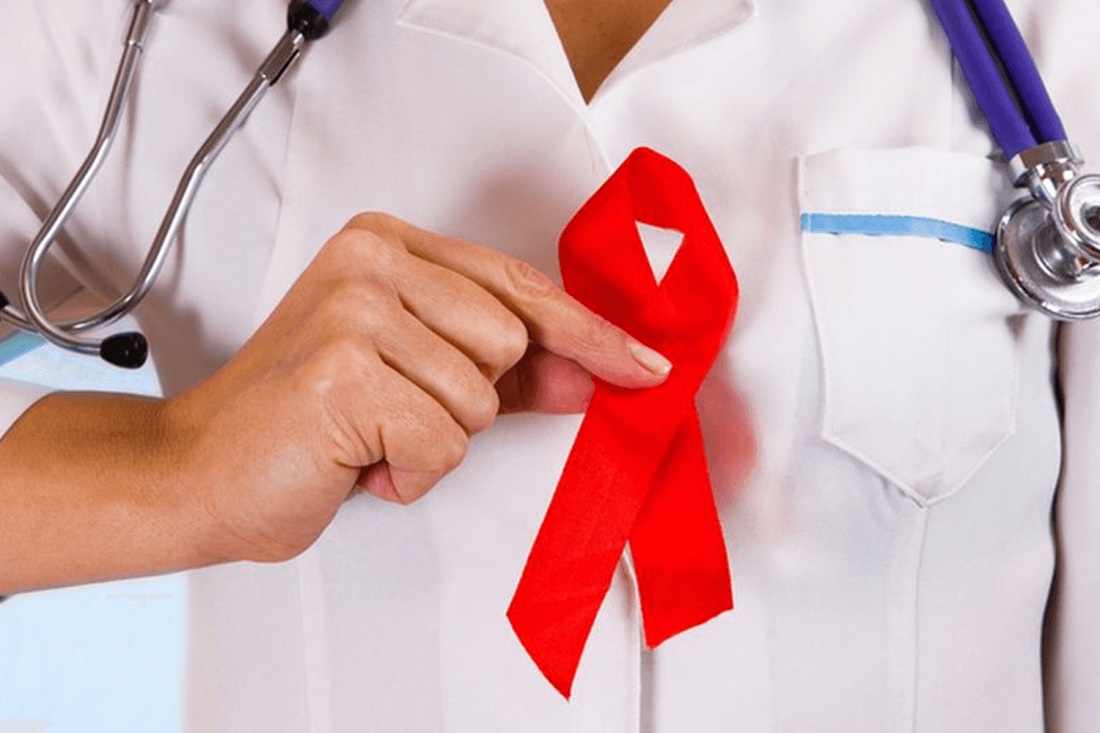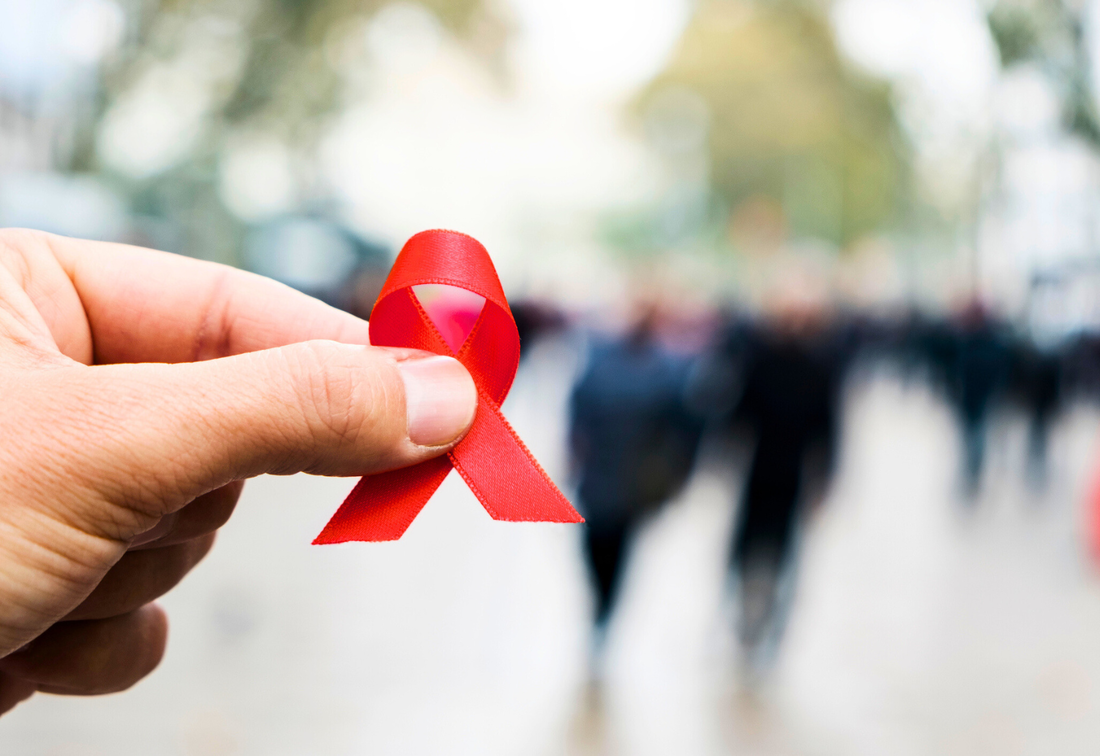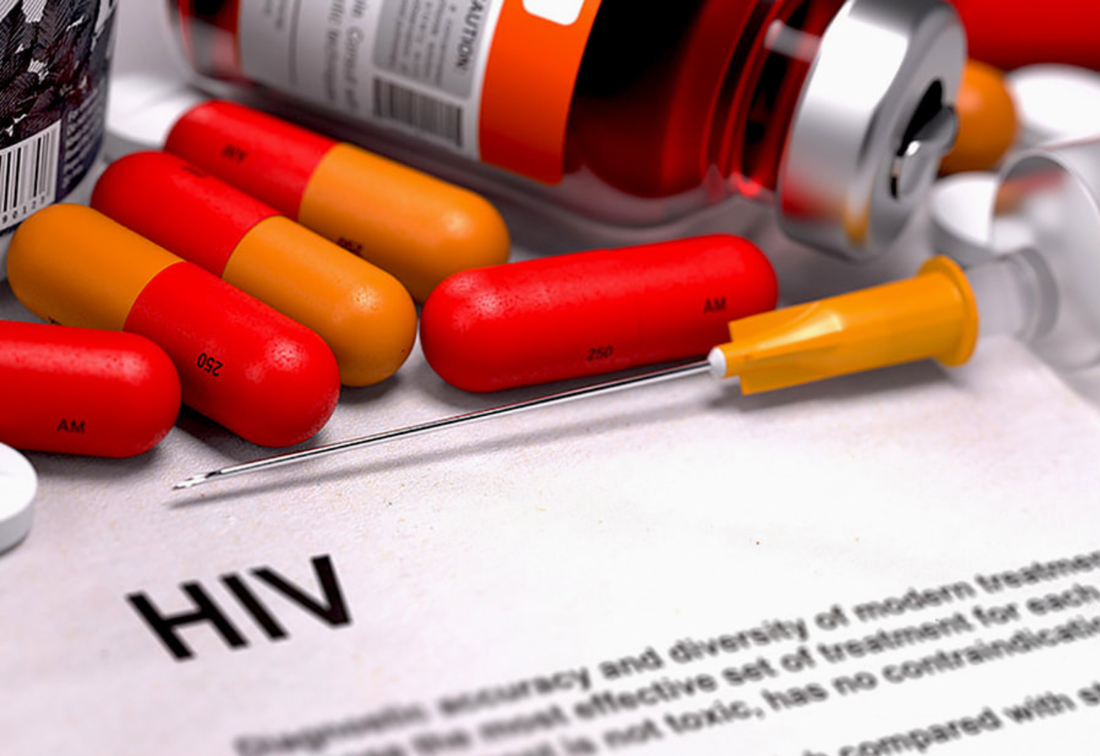Combating HIV stigma in healthcare and beyond
October 23, 2025
Stigma comes in two phases, deeply affecting those living with HIV. The definition of stigma is an attribute that is deeply discrediting, and a stigmatized person is reduced from a whole and usual person to a tainted and discounted one. Discrimination is the unfair treatment of people and groups based on characteristics like race, gender, sexual orientation, and in this case, someone living with HIV.
“Key populations and people living with HIV are actually highly stigmatized in Malaysia. It's often driven by the fear of infection, lack of awareness, social judgement, prejudice, and stereotypes and it can occur in three forms, public, systemic, and self,” said Dr Wong Pui Li, Consultant Infectious Disease Physician, University Malaya Medical Centre (UMMC) during her talk ‘Shattering the HIV stigma among dialysis populations and healthcare workers’, at the National Kidney Foundation’s 18th Annual Dialysis Conference - Innovate, Elevate, Transform. People living with HIV can experience stigma by being discriminated and devalued by others. They can also experience systemic stigma where they have reduced access to care and resources due to policies, and this is likely the case in some areas of healthcare. She further explains that self-stigma is when they start to internalize the negative stereotypes of other people within themselves, and they then start to believe this. Stigma is a huge driver of discrimination in healthcare, education and workplaces where a person is deprived of entry into institutions as well as jobs that actually have nothing to do with their disease status. They also experience it in their families and communities. Understanding HIV: From transmission to treatment HIV (Human Immunodeficiency Virus) attacks the body's immune system, particularly the CD4, which is a white cell count. When HIV is left untreated, it then leads to AIDS. AIDS stands for Acquired Immunodeficiency Disease Syndrome, and is a late stage of the infection. It happens when your CD4 counts fall below 200 and when you start to develop opportunistic infections, which is infections that typically affect people with low immune systems. So how is HIV transmitted? It's transmitted through sex, sharing of needles and syringes, and perinatal transmission. Only certain body fluids from someone with HIV can transmit HIV such as semen, vaginal or rectal fluid, blood, human milk and pre-seminal fluid. The risk of HIV transmission in someone who's not on treatment - obviously the highest would be blood transfusion, which is 1 to 1. Second to that, the highest is actually receptive anal intercourse, where the risk is 1.54%. The risk of transmission from a needlestick injury in someone not on treatment is 0.3%. The risk from hepatitis B is 13%. Ways that HIV is not transmitted include saliva, tears, mosquito bites, sweat, sharing food, hugging, closed mouth kissing, through the air or sharing toilets. This unfortunately is a very common misconception. Modern HIV treatment: From lifelong therapy to remarkable cures Can HIV be treated? According to Dr Wong Pui Li, HIV can be treated with combination antiretroviral therapy. It can be as simple as one pill a day, but it is a lifelong therapy, so people have to stay on it. She spoke of Timothy Ray Brown who was popular, as he was referred to as the Berlin patient. He passed away five years ago. He was the first person to be cured of HIV through a stem cell transplant that he required for leukemia. Until today, there's been about three to six cases that have been cured of HIV, but because they had to receive stem cell transplants for other reasons. The difference in life expectancy of someone living with HIV versus without has dramatically improved. Life expectancy back in 1996 for someone who was 20 years old was actually 19 years, compared to someone without HIV, it was 63 years. This is a 44-year age gap. Now with treatment, the gap has actually reduced significantly to three to seven years for women and one to four years for men. The U=U revolution: Undetectable equals untransmittable Can a person living with HIV have unprotected sex without transmitting it? Yes if they are on treatment and have undetectable viral loads. They can live long lives and they can also have sex without transmitting the virus when they are on treatment and viral loads are suppressed. Can a person living with HIV have children who do not have HIV? Yes. If they are on treatment and have undetectable viral loads. “A lot of my patients think that the moment they get HIV, that's the end of life and they won't be living long and they cannot have family and they cannot have children. Undetectable equals to untransmittable,” added Dr Wong Pui Li. Why are HIV physicians confident that someone with HIV will not be able to pass on HIV if they are virally suppressed? Three landmark studies spanning from 2011 looking at 100,000 condomless sex acts in people with undetectable viral loads were done and there was zero HIV transmission. Not low HIV transmission but zero HIV transmission. In 2023 the World Health Organization put this up to say undetectable equals to untransmittable equals to zero risk of transmission. Not low risk but zero risk. HIV in Malaysia: Current statistics and challenges Worldwide, there are 40.8 million people with HIV. In Malaysia, there are 86,000 but only 47,000 are on treatment with 3,000 new infections every year. The mode of transmission has now moved from people who inject drugs to sexual transmission. Unfortunately 42% of new diagnosis are in the ages of 20 to 29 year old. There was a study done in public health clinic in Selangor where they actually asked 400 people living with HIV, 60% of who presented late, why they presented late. Their mean age was 13. The risk factors they found were high levels of HIV related stigma and low levels of HIV knowledge. HIV targets placed by the UN AIDS? “They want 95% of people living with HIV to know that they have HIV, to be on treatment and to have undetectable viral loads. Furthermore, less than 10% of people living with HIV should be vulnerable, experience stigma and discrimination,” stated Dr Wong Pui Li. The reality of HIV discrimination in society She further mentioned a data from global AIDS monitoring report where 2,400 respondents were between the ages of 15 to 49. Firstly, they were asked if they would buy fresh vegetables from a shopkeeper vendor if they knew that he/she had HIV? 50% would not. Secondly, they were asked if children living with HIV should be able to attend school with children who are HIV negative? 45% believe that they should not be allowed to attend school with other children. People living with HIV and their experiences in healthcare? In a survey done amongst 1,100 people living with HIV, they experienced denial of care due to HIV status, they've been advised not to have sex, they've been talked badly and gossiped about, unfortunately even verbally and physically abused, they've had avoidance of physical contact, and they have people breaking their confidentiality without their consent. HIV stigma among healthcare professionals “In UMMC, a survey evaluating a physician's intention to discriminate against people living with HIV was done. 568 responses from two university hospitals were obtained. The mean score was 1.6 out of 5, which means physicians generally disagreed that they would discriminate. However, the majority expressed intention to discriminate, with about 4% scoring 3 or more. Most were favorable among general patients, followed by someone living with HIV, followed by men who have sex with men, followed by people who ingest drugs. There was also a quality improvement project to get clinics to assess practices that they find were discriminating against people living with HIV and make changes to improve things. One of the factors addressed was the judgmental service of placement of people living with HIV at the last appointment of each day. Secondly is the non-adherence to infection control guidelines among healthcare workers, where there was use of double gloves during blood taking for people living with HIV. These have been identified as discriminating practices,” she said. With stigma and discrimination in HIV, there will be low uptake of HIV testing, low linkage to care, less likely to be on treatment, less likely to stay in care, and less likely to adhere to treatment. The connection between HIV and renal disease So what's the link between HIV and renal disease? People living with HIV are living longer, have an issue of accelerated aging, experience aging-related issues younger than the general population, and they also have multimorbidity. “Data from a Brazilian cohort with HIV at the age of 51 to 55 showed three or more comorbidity, a lot more compared to those without HIV. Renal disease and HIV is typically HIV-associated, comorbid-associated, or treatment-related. The prevalence for CKD, the data in a study in Malaysia, when it was looked at 273 people living with HIV, the median age of 32, 58% had AIDS. The prevalence was 17.2 in a 32-year age group. Proportion of people living with HIV on kidney replacement therapy in Malaysia, there's only 112. With 53% on peritoneal dialysis and 45% on hemodialysis. Three people were with kidney transplants, one was the first local living donor kidney transplant.” HIV and dialysis: Global standards vs. Malaysian practices “For patients with HIV requiring dialysis, the Centers for Disease Control and Prevention (CDC) recommends, back in 2001 that HIV-infected patients do not have to be isolated from other patients or dialysed separately on dedicated machines. This is 25 years ago. Same things are being reiterated since then,” she added. In Australia, in a routine setting, patients known to be HIV-positive need not be dialysed in isolation nor require a separate machine. There is no evidence supporting isolation of HIV-positive patients in hemodialysis units except those with HPV co-infection. In Malaysia, our National Hemodialysis Quality Standards in 2018 still say that HIV-positive patients should be isolated in separate rooms, and they should be dialysed using separate machines, equipment, instruments, and single-use items. Even the standards for private hemodialysis centres also quote that they need to have separate rooms. Historical context and global perspectives on HIV in dialysis settings Dr Wong Pui Li states that this is due to transmission of HIV cases in dialysis, majority of them were in the 1990s, very early on when HIV was first discovered. In Colombia and South America, the case of transmission of HIV in a dialysis centre was due to improperly processed patient care equipment using low-level disinfectants for excess needles. In Saudi Arabia, the outbreak was due to short disinfectant cycles, nurse using blood-spattered gloves to handle excess blood lines between patients. HIV and dialysis doesn't just occur here, it occurs everywhere. In Japan, there was news of one person living with HIV being denied dialysis by 40 medical facilities. This prompted a survey to be sent to 4,000 facilities with a 64% response rate. 250 facilities were asked to accept people living with HIV and of those, 40% refused. One of the stated reasons was lack of medical experience, anxiety, lack of anti-HIV drugs for fear of needlestick injuries, lack of cooperation with HIV core hospitals. Only 16% were willing to accept someone with HIV. In fact, people living with HIV, require dialysis do not need their own machine. They do not need to be isolated or separated, provided universal infection prevention and control practices are in place and enforced. |
EXPLORE FURTHER
Public health depends on human rightsThe key to ending HIV/AIDS
|
Early treatment for HIV halts brain damage, improves life expectancy |




